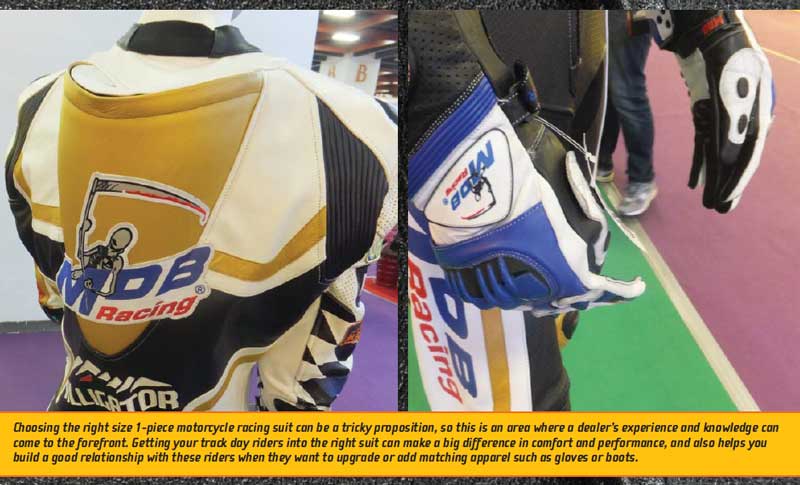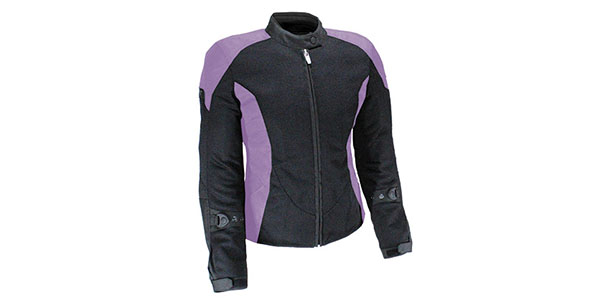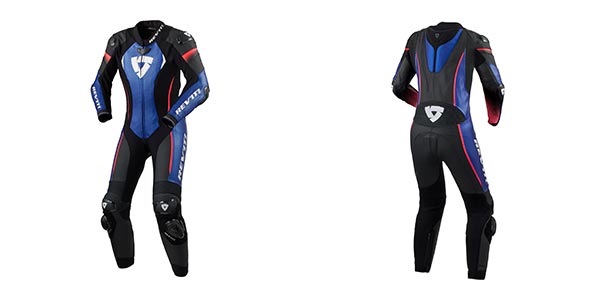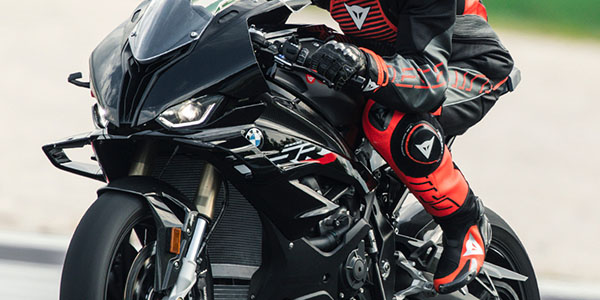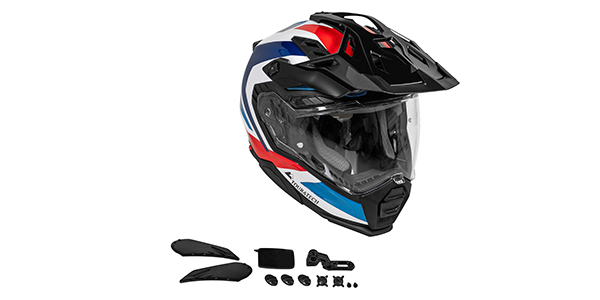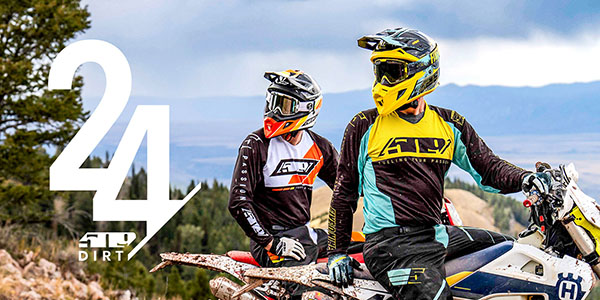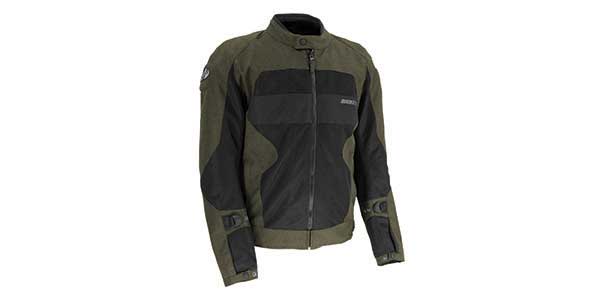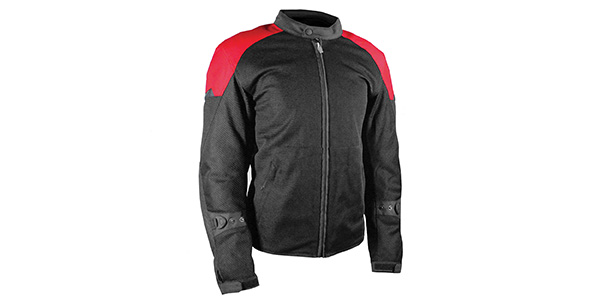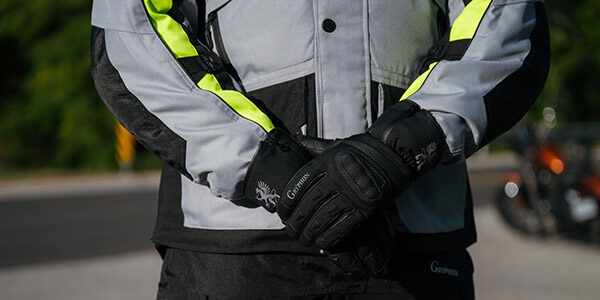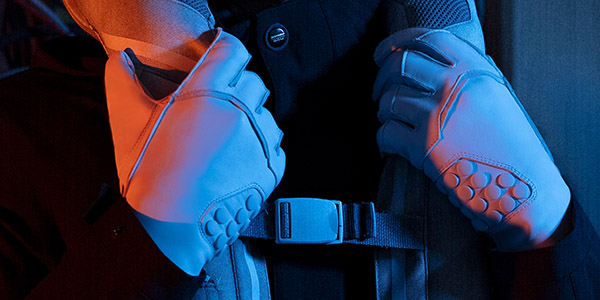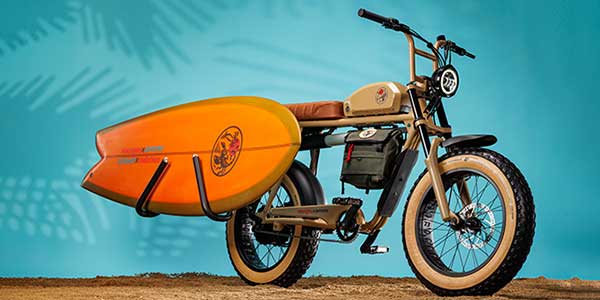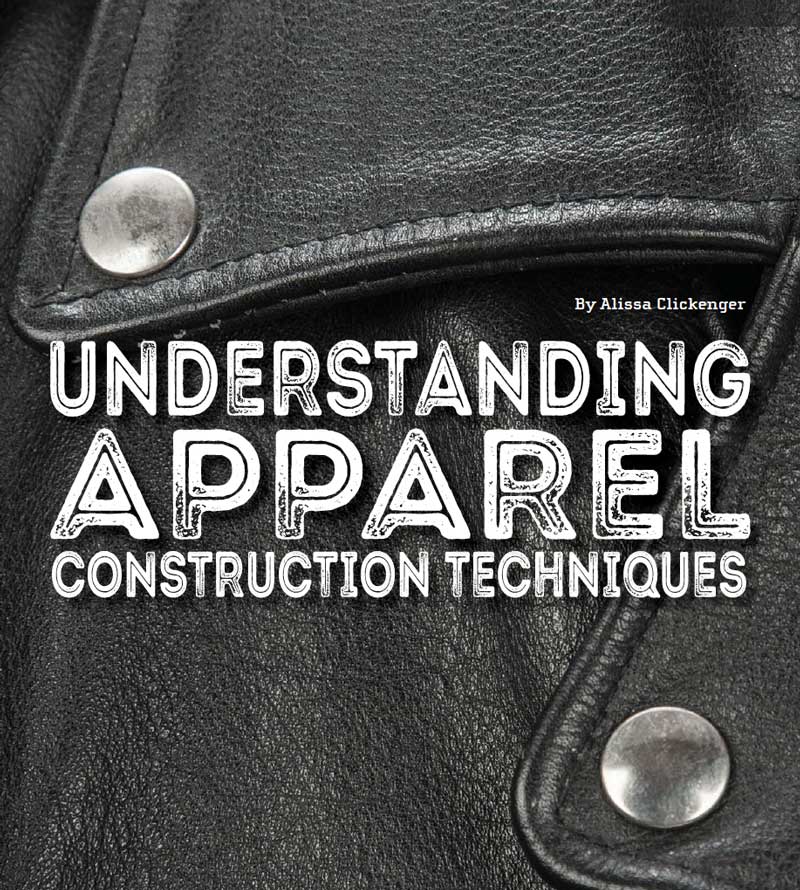 [dropcap]I[/dropcap]n April of this year Motorcycle Industry Council members launched Gear Up Every Ride, a new initiative encouraging motorcyclists to wear proper riding apparel. The initiative is good for riders and no doubt good for the industry. Chances are riders that are well protected will be able to continue riding should the worst happen, keeping them on the road longer and coming to dealerships for service. It’s also good for dealers, of course, because they can have altruistic reasons for selling more apparel.
[dropcap]I[/dropcap]n April of this year Motorcycle Industry Council members launched Gear Up Every Ride, a new initiative encouraging motorcyclists to wear proper riding apparel. The initiative is good for riders and no doubt good for the industry. Chances are riders that are well protected will be able to continue riding should the worst happen, keeping them on the road longer and coming to dealerships for service. It’s also good for dealers, of course, because they can have altruistic reasons for selling more apparel.
Many customers do not know what apparel best suits their purposes, and this is where dealer personnel can add great value from the sales floor. Not only knowing what features and values differentiate the apparel lines, but also knowing a bit about the way that the motorcycle garments are made can be of enormous help to your customers. It can even help create repeat business because happy, educated riders will keep coming back to your shop for your staff’s expertise.
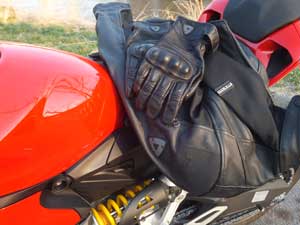 Leaning Towards Leather
Leaning Towards Leather
Years ago, leather was the go-to motorcycle apparel material. Valued for its abrasion resistance and ability to conform to a rider’s body, leather cast an indelible shadow on motorcycling. Some years ago, leather began to lose popularity among street riders, mostly due to rising prices of the hides, although leather has consistently been the material of choice for racers. More recently, leather has been gaining popularity in the consumer marketplace once again and can be a great choice for street riders.
“It’s true that leather is the best protection on a motorcycle,” said Josh Bennett of Pilot Pacific, Inc. (PILOT USA). “In our product we start with a milled cowhide, which is a gauge of leather that’s 1.1 mm – 1.3 mm. So that it’s comfortable, it goes in a tumbler for a time. It’s almost like pre-washed jeans were back in the day.”
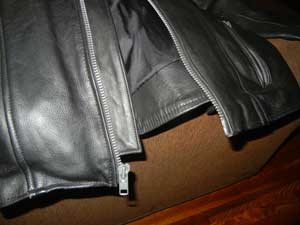 There are many variables that effect leather quality including the type of animal, age and the diet it consumed. There are other types of leather, including pig, used in motorcycle protective apparel, and it’s good to know that pig leather is, in general, not too abrasion resistant, so be sure to ask about this when stocking your store.
There are many variables that effect leather quality including the type of animal, age and the diet it consumed. There are other types of leather, including pig, used in motorcycle protective apparel, and it’s good to know that pig leather is, in general, not too abrasion resistant, so be sure to ask about this when stocking your store.
Many racers swear by kangaroo leather, which is thinner than cowhide and therefore lighter. Kangaroo hide is very strong and flexible, so it is an ideal choice for racers who are trying to shave fractions of seconds off race times. Yet, on the manufacturing side, kangaroo hide is nearly twice as expensive as cowhide, plus it dries out much faster. Longevity of garments is an important factor for consumers and that is why cowhide is generally the more popular choice for track day enthusiasts, because it lasts longer and costs less.
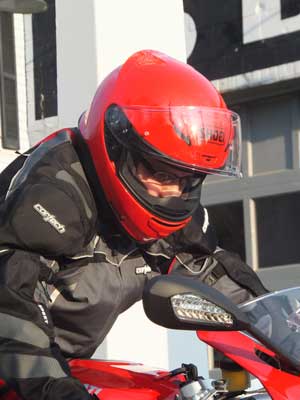 Turning to Textile
Turning to Textile
“Nothing is better than cowhide for the average rider,” says Edward Wilkinson, Director of Development at Scorpion Sports Inc. “However, cowhide is heavy and it’s hot. The latest advances in fabrics make them both lightweight and highly protective.” This is why textile motorcycle apparel has soared in popularity over the last two decades. As more motorcyclists started commuting and wearing their business clothes under their protective gear on the motorcycle, it became clear that the looser fit and the venting capabilities of textile garments were a good fit.
There are essentially three types of synthetic materials that are used in textile motorcycle apparel. High tenacity nylon has the highest melting temperature, which means that it’s an excellent choice in situations where a motorcyclist might encounter friction, or slide. Nylon is the middle of the road material, and it’s pretty good at resisting abrasion. Polyester is the least abrasion resistant of all materials, and it’s also the least expensive of the three materials.
The word “denier”, sometimes written as ‘d’, is often heard in regards to apparel construction and it’s a measure for the linear mass density of fibers. It’s referenced to a single strand of silk, which is approximately one denier (a 9,000-meter strand of silk weighs about one gram). How do you know what’s “good”? The “best” would be a 10,000 denier material…the only problem is you couldn’t bend it or wear it as it would be too stiff and heavy. The happy medium is around 500 d, although in the abrasion zones 1,680-2,000 denier nylon is preferred.
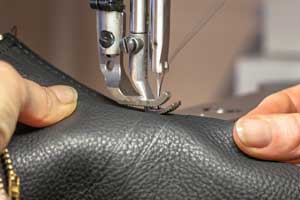 Sewing it Up
Sewing it Up
In the business of building motorcycle apparel, there’s nothing more important than the thread that keeps it all together. A bonded or higher tensile nylon thread is best because it goes through the sewing machine smoothly and rapidly without heating up. If the thread breaks or snaps during stitching, it creates a weak spot in the piece. “Remember, it’s the seams of the garment that keep everything together. If you don’t have the right thread and stitches per inch, then you could have a seam that’s prone to failure,” says Wilkinson.
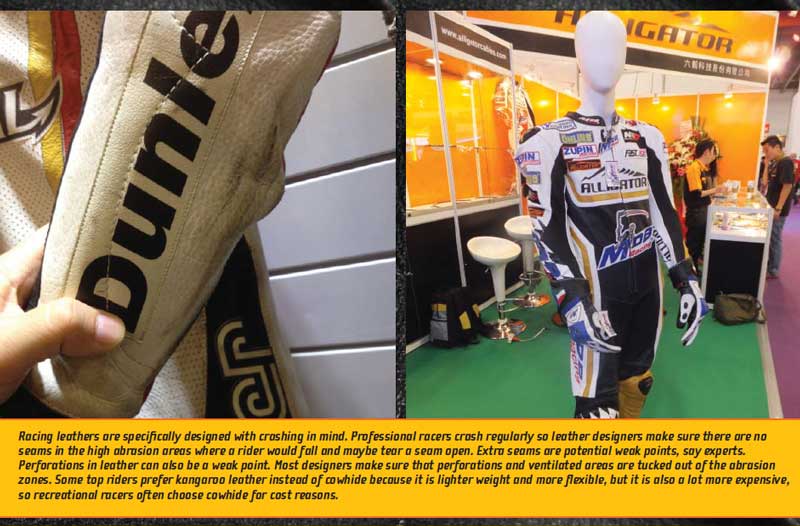 Seams also need to be smart. Each time a seam is added to a garment it’s a potential point of weakness, and smart construction will not place any seams on an abrasion zone. Take a look at a MotoGP suit where the riders crash professionally and you won’t see any seams where the rider might slide. The way that the seams are created is equally important. Having a triple stitch can make all the difference in a crash situation. Once the outer stitch has been destroyed while sliding, the inner stitch is the only thing left holding the jacket together.
Seams also need to be smart. Each time a seam is added to a garment it’s a potential point of weakness, and smart construction will not place any seams on an abrasion zone. Take a look at a MotoGP suit where the riders crash professionally and you won’t see any seams where the rider might slide. The way that the seams are created is equally important. Having a triple stitch can make all the difference in a crash situation. Once the outer stitch has been destroyed while sliding, the inner stitch is the only thing left holding the jacket together.
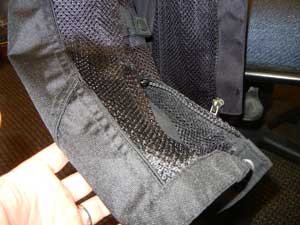 Just like extra seams make potential points of weakness in textile motorcycle apparel, perforations weaken leather, too. When starting with high-quality leather this should not be an issue, yet it’s estimated that perforations decrease the strength of the hide by around 20 percent. That is why they are most commonly placed on the fronts of racing suits instead of on the back, where a racer is trained to and is more likely to slide.
Just like extra seams make potential points of weakness in textile motorcycle apparel, perforations weaken leather, too. When starting with high-quality leather this should not be an issue, yet it’s estimated that perforations decrease the strength of the hide by around 20 percent. That is why they are most commonly placed on the fronts of racing suits instead of on the back, where a racer is trained to and is more likely to slide.
Advice from the Pros
According to Bennett, the core things to pay attention to in leather apparel is the grade of leather, the quality of the fabric used in the stretchy, non-abrasion zones such as behind the knees and crotch area, and the thread/stitching that holds it all together. On the textile side of the design table, Wilkinson’s top three things to pay attention to are the materials used, the thread/stitching and the patterns the company uses to make the gear. Form and function are musts in motorcycle apparel, but so is comfort and fit.

